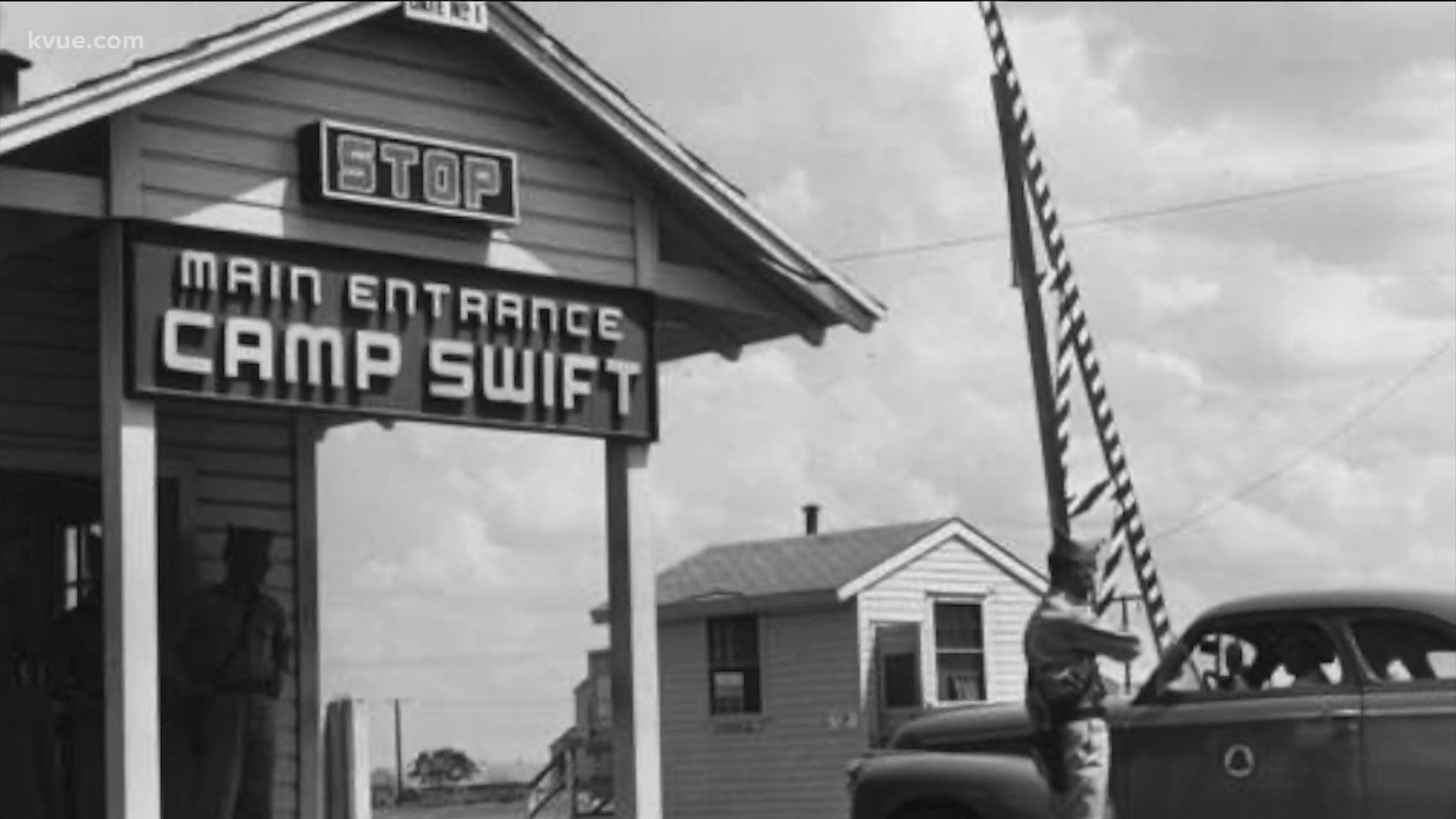BASTROP COUNTY, Texas — As small towns in a largely rural county, Bastrop and Elgin were known for their cotton farms and peanut crops when World War II began in 1941.
Virtually overnight, Bastrop County became one of the most important training camps for the U.S. Army. Construction on Camp Swift began in 1941 on 56,000 acres north of the city of Bastrop where as many as 300,000 soldiers would train there before the war ended.
But it was its role as a prisoner of war camp that might surprise you.
As U.S. troops captured German soldiers on the battlefront, as many as 10,000 POWs were sent to Camp Swift, where they remained during the duration of the war. Many were recruited to work on local farms and paid about 80 cents a day for their work.
More than 50,000 German war prisoners were sent to military camps that were scattered across Texas.
“The Geneva Convention states that the prisoners that were here, which were non-commissioned officers and enlisted men, could work on non-war-related projects, which meant that they could work in the agricultural fields or the lumber industry or the rice fields,“ said Texas A&M University professor Michael Waters in a 2015 video interview for the Texas Historical Commission.
Heino Erichsen, a former POW who returned to Texas after the war and became a U.S. citizen, recalled in the same interview that “morning wakeup was probably around seven and probably breakfast. And, of course, we were assigned to work details and eight o'clock trucks picked you up to wherever it was put while working on farms.”
German POWs were offered English classes, created artwork and were allowed to form their own orchestras.
When the war ended, they were returned to their native country, though some came back to America and became U.S. citizens.
Today, Camp Swift is not as vast as it was during the war years, but it still plays a vital role as a training center for the Texas National Guard.
PEOPLE ARE ALSO READING:

